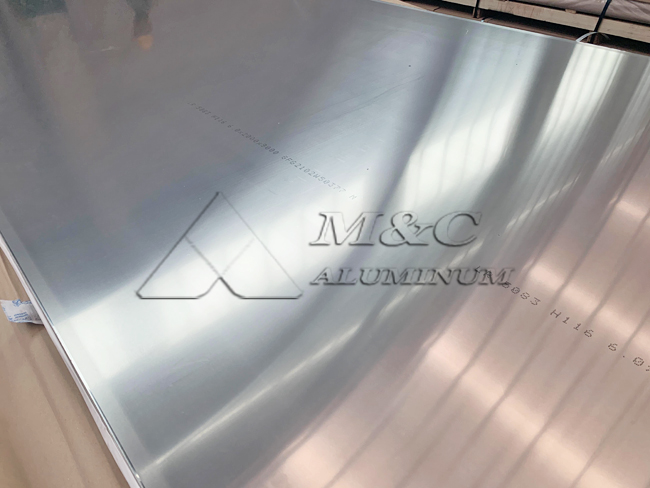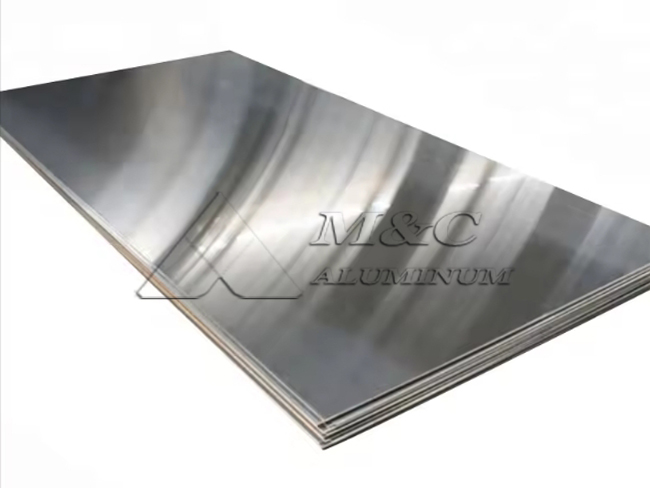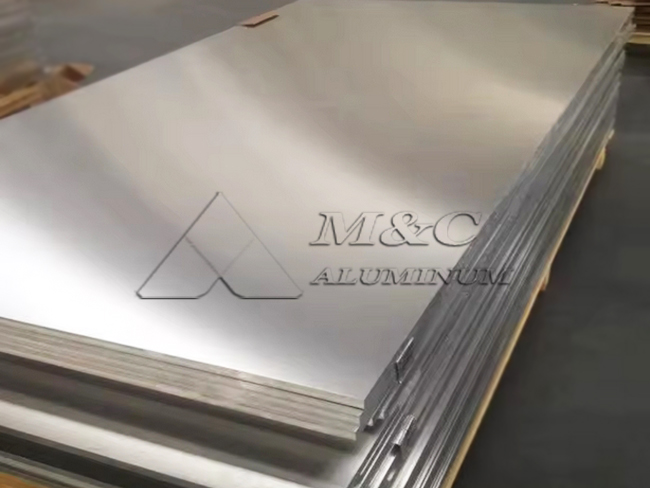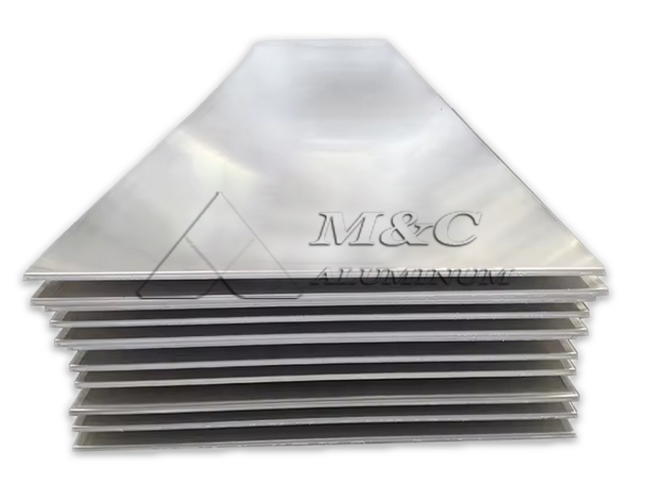Marine-grade aluminum is essentially a special type of aluminum alloy—a specific application category within the broader aluminum family. While “regular aluminum” generally refers to industrial or general-purpose aluminum materials, marine aluminum is specially engineered for marine environments. Though both are aluminum-based, they differ significantly in composition, performance, processing standards, and practical applications.

The Key Differentiator: Marine Corrosion Resistance
Marine-grade aluminum typically includes alloys from the 5000 series (such as 5083, 5059, 5754, 5456) and 6000 series (such as 6061, 6082, 6063). These alloys are known for their exceptional resistance to seawater corrosion and high strength-to-weight ratio. In contrast, general-purpose aluminum materials like 1060 or 3003 focus more on cost efficiency and basic forming capabilities and lack the corrosion resistance needed in marine settings.
Seawater corrosion is one of the greatest threats to ship structures. Using untreated general-purpose aluminum in marine conditions can lead to severe pitting and degradation within months. Marine aluminum alloys like 5083 contain high levels of magnesium (Mg), allowing them to quickly form a dense and stable oxide film on the surface. This film acts as a barrier against chloride ions and oxygen in seawater, significantly enhancing corrosion resistance and ensuring long-term durability in harsh marine environments.
Engineering Fit: Higher Demands on Welding & Fatigue Resistance
Marine aluminum alloys are not only formable but also offer excellent weldability and fatigue resistance, making them ideal for complex curved structures and continuous welding applications. In contrast, many general-purpose aluminum grades tend to suffer from cracking or performance degradation under high-temperature welding conditions, making them unsuitable for structural shipbuilding.
For example, 5000 series marine aluminum alloys are well-known for their superior weldability. They can be effectively welded using conventional MIG or TIG inert gas welding processes—crucial for maintaining the structural integrity and watertightness of ship hulls. On the other hand, many high-strength non-marine aluminum alloys, especially from the 2xxx and 7xxx series, are prone to hot cracking and significant strength loss after welding, making them poor choices for primary hull structures.
Classification Society Certification: A Crucial Barrier
Another major distinction lies in certification by international classification societies such as CCS, DNV, ABS, and LR. Marine-grade aluminum must pass a series of stringent tests—including chemical composition, mechanical properties, and corrosion resistance—before being approved for use in key ship structures.
Such certifications are not only technical validations but also essential entry requirements for export markets and large-scale engineering tenders.
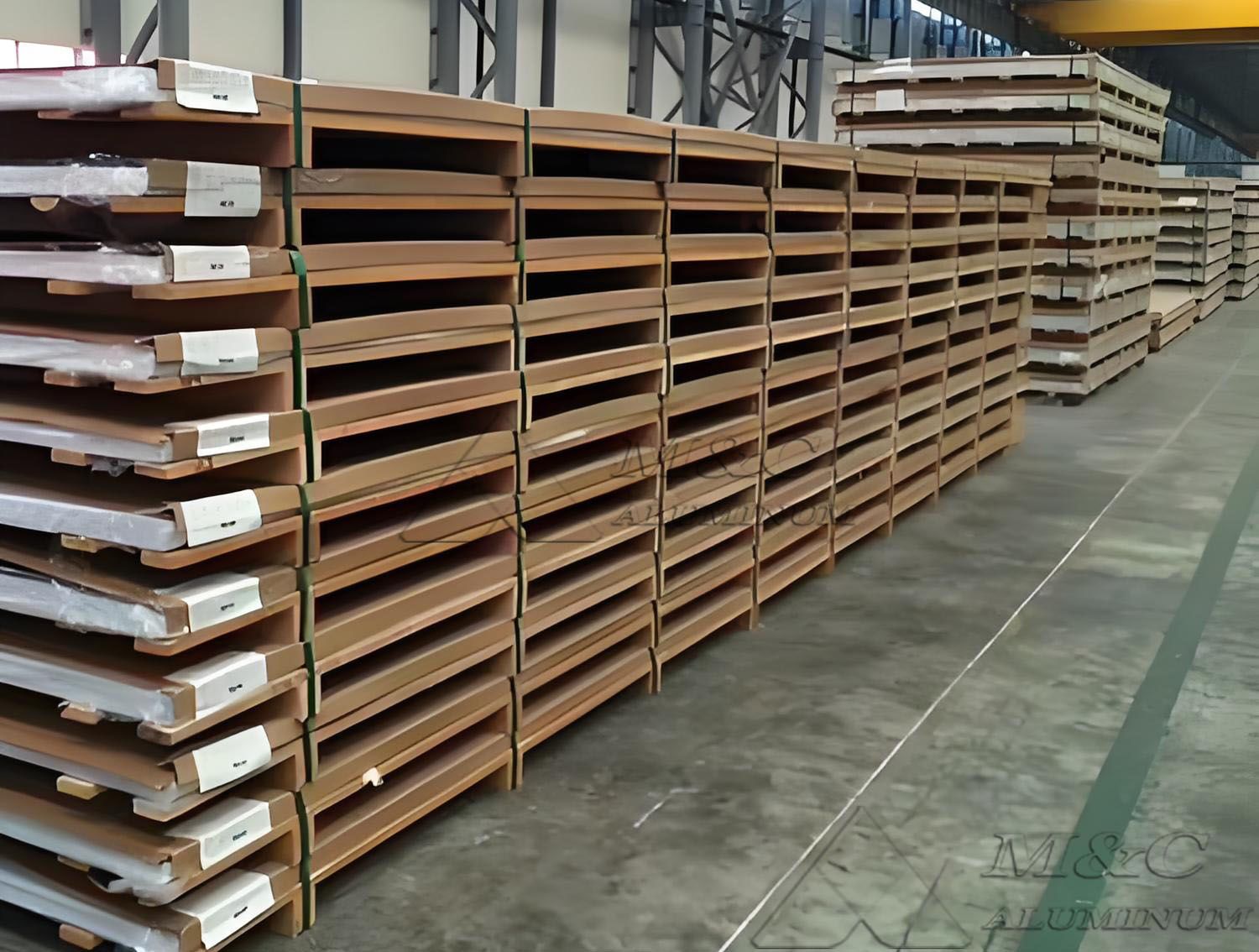
Outlook: Marine Aluminum Fuels the Blue Economy
As the global push for green shipbuilding gains momentum, marine-grade aluminum is increasingly being seen as a sustainable alternative to traditional steel due to its light weight, long service life, and full recyclability. According to industry statistics, China’s annual consumption of marine aluminum has been growing at over 10% in recent years. Applications are booming in sectors such as high-speed passenger vessels, yachts, military landing crafts, and offshore wind farm service vessels.


